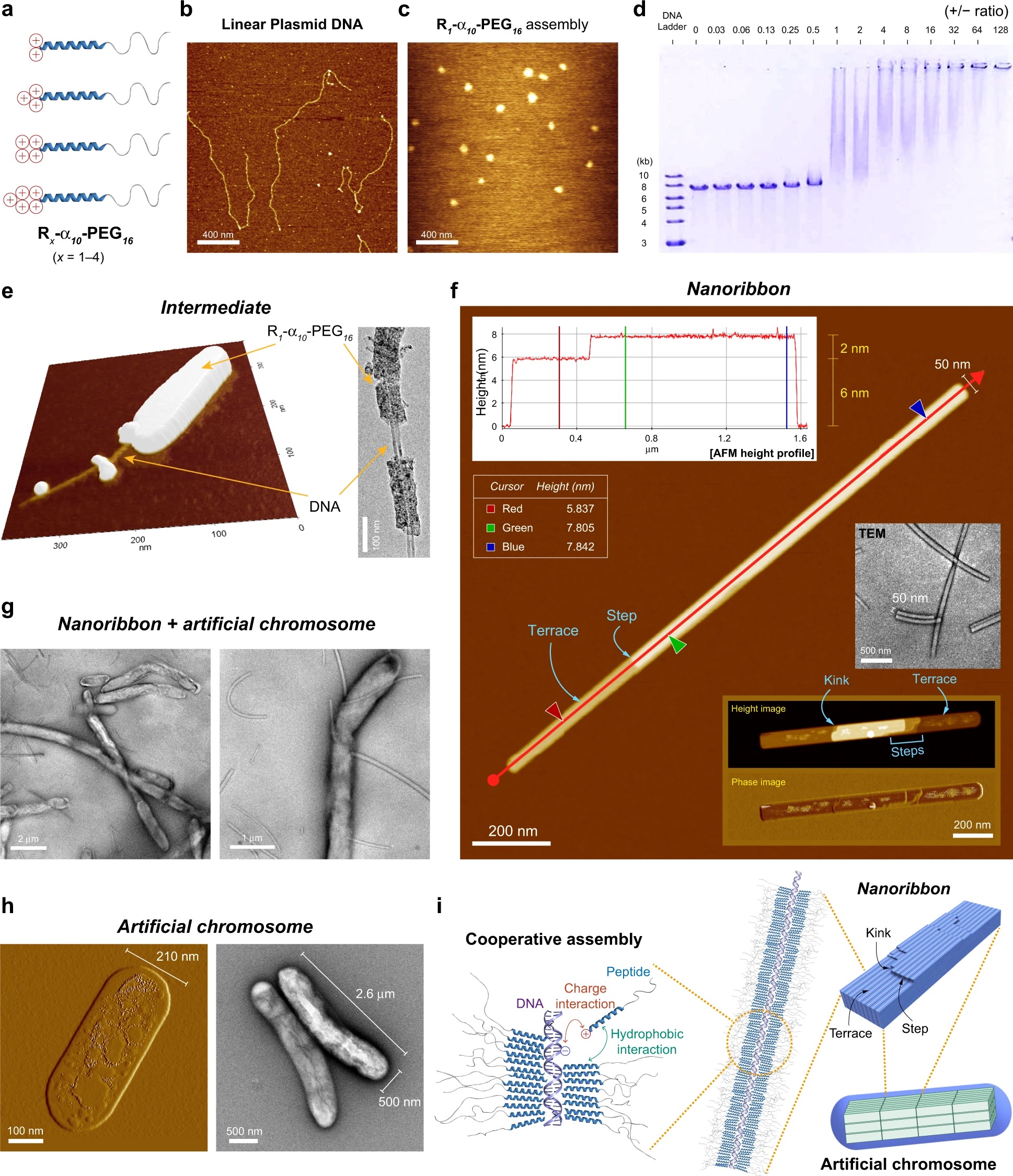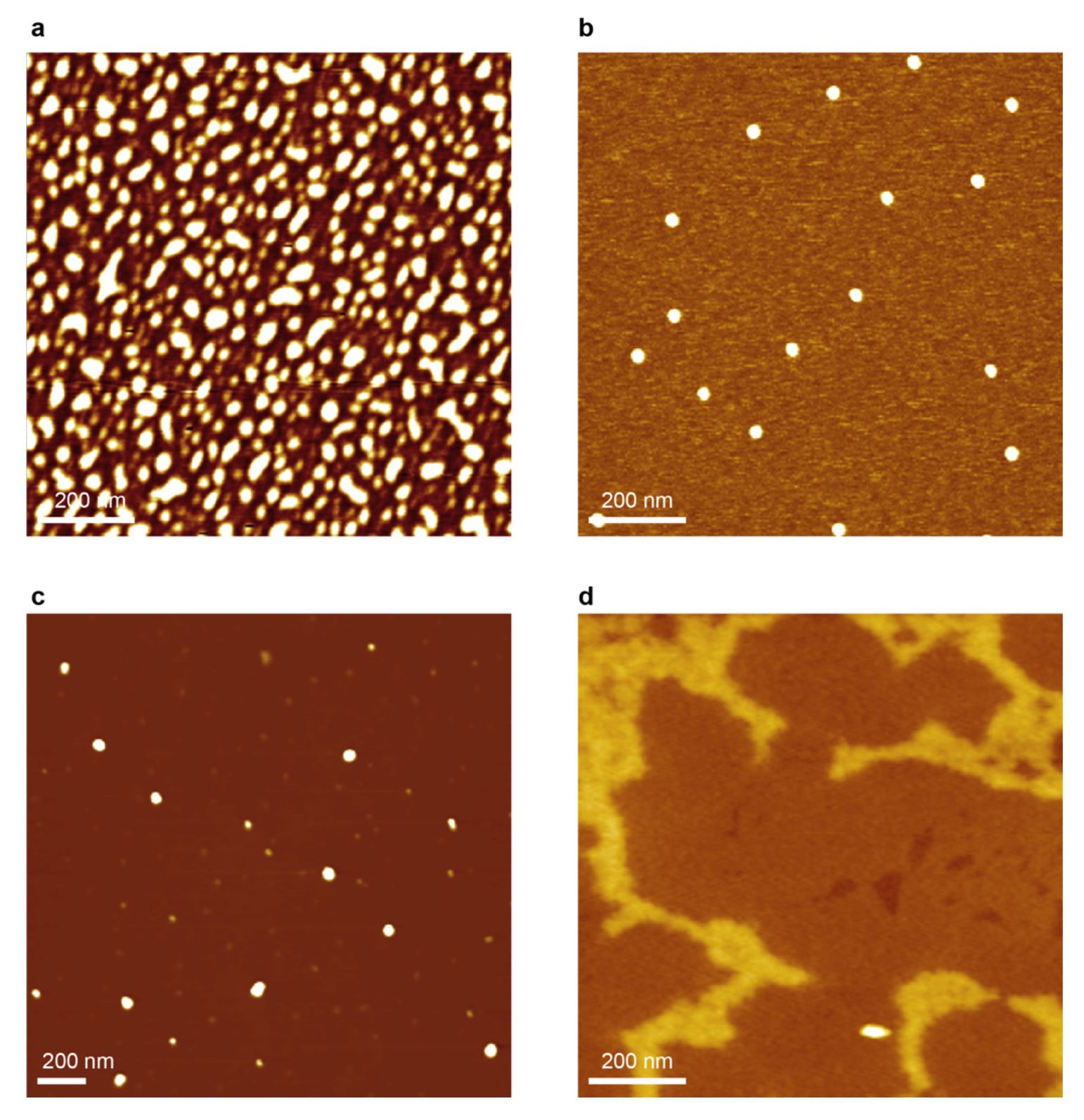Magnetically responsive materials are highly valuable for biological and medical uses because the magnetic field is non-invasive, radiation-free, and safe for humans.*
DNA and some proteins have also been shown to be magnetically responsive; however, with very few exceptions, an extremely strong magnetic field is typically required to influence the behaviours of such biomolecules.*
As organic molecules and materials are generally insensitive or weakly sensitive to magnetic fields, it is necessary to find ways and means to increase their magnetic responsiveness. *
Because magnetic susceptibility is additive, one possible way of increasing magnetic responsiveness is to place multiple magnetically responsive moieties within a single molecule in a favourable orientation.
The α-helix, one of the most common secondary structures of proteins, provides a nice example of constructive addition in diamagnetism.
In the article “Magnetic control of self-assembly and disassembly in organic materials” You-jin Jung, Hyoseok Kim, Hae-Kap Cheong and Yong-beom Lim show that the magnetic control of assembly and disassembly under the ordinary magnetic field strength is possible by synergistically combining the concepts of the perfect α-helix and the rod-coil supramolecular building blocks.*
You-jin Jung et al. experimentally verify the magnetic responsiveness both in solution state and in thin films containing equilibrium morphologies.*
To make this possible, the key prerequisite was the development of the α-helical peptide, which has multiple characteristics simultaneously.*
The authors show that the self-assembly processes of the designed rod-coils and disassembly of rod-coil/DNA complexes can be controlled in a magnetically responsive manner using the relatively weak magnetic field provided by the ordinary neodymium magnet [0.07 ~ 0.25 Tesla (T)].*
These results demonstrate that magnetically responsive organic assemblies usable under practical conditions can be realized by using rod-coil supramolecular building blocks containing constructively organized diamagnetic moieties.*
This study lays foundation to magnetically interface organic materials with magnetic devices and instruments, with application potentials in magnetically responsive bionanomaterials, molecular magnetic devices, and smart peptide/nucleic acid complexes highly responsive to magnetic field.*
The morphological states were characterized by atomic force microscopy (AFM) and transmission electron microscopy (TEM).
You-jin Jung used the linearized plasmid DNA of sufficient length (estimated length: ~2.6 μm) for facile structural observation with AFM and TEM.
AFM was performed with a commercially available atomic force microscope in non-contact mode with NANOSENSORSTM PointProbe® Plus PPP-NCHR AFM probes.
The DNA concentration ranged from 1 to 30 ng/μL, and the peptide concentration ranged from 1 to 32 μM in H2O. Two microliters of the sample solution were cast onto a freshly cleaved mica surface and dried.*
Atomic force microscopy (AFM) investigations showed that αm-(RGD)2 assembled into micelle-like spherical nanostructures (Supplementary Fig. 4 of the cited article).
Moreover, AFM investigation visually verified that PEG16-α10-PEG16 does not form discrete self-assembled structures, further supporting that the helices do not interact together (Supplementary Fig. 4d of the cited article).
To the author’s knowledge, α10 is the first MNP-helix reported to date.*
Visualization with atomic force microscopy furthermore confirms that the linear plasmid DNA is a hair-shaped flexible molecule (Fig. 3b of the cited article).
AFM investigation also revealed that PD complexes can be formed at charge ratios of as low as 0.7. The authors observed intermediate complexes in which R1-α10-PEG16 wrapped around the linear plasmid DNA (Fig. 3e of the cited article).

Figure 3 from You-jin Jung et al. 2023 “Magnetic control of self-assembly and disassembly in organic materials”:
a MNP-helix rod-coils containing positively charged amino acid residues, Rx-α10-PEG16 (x = 1–4). The building blocks have two to five positive charges. b A linear plasmid DNA (7.5 kb). c Self-assembled nanostructures of R1-α10-PEG16. d EMSA on agarose gel. e The PD complexes (intermediates). Left: an AFM image, right: a TEM image. The charge ratio (+/−) was 0.7. f The PD complexes (nanoribbons). g The PD complexes (nanoribbons + artificial chromosomes). h The PD complexes (artificial chromosomes). i The molecular mechanism responsible for the formation of the nanoribbon.

Supplementary Figure 4 from You-jin Jung et al. 2023 “Magnetic control of self-assembly and disassembly in organic materials”:
Self-assembly behaviours of rod-coils and a coil-rod-coil. AFM images. a, a4-(RGD)2. b, a7-(RGD)2. c, a10-(RGD)2. d, PEG16-a10-PEG16.
*You-jin Jung, Hyoseok Kim, Hae-Kap Cheong and Yong-beom Lim
Magnetic control of self-assembly and disassembly in organic materials
Nature Communications14, 3081 (2023)
DOI: https://doi.org/10.1038/s41467-023-38846-2
Please follow this external link to read the full article: https://rdcu.be/dNd4u
The article “Magnetic control of self-assembly and disassembly in organic materials” by You-jin Jung, Hyoseok Kim, Hae-Kap Cheong and Yong-beom Lim is licensed under a Creative Commons Attribution 4.0 International License, which permits use, sharing, adaptation, distribution and reproduction in any medium or format, as long as you give appropriate credit to the original author(s) and the source, provide a link to the Creative Commons license, and indicate if changes were made. The images or other third-party material in this article are included in the article’s Creative Commons license, unless indicated otherwise in a credit line to the material. If material is not included in the article’s Creative Commons license and your intended use is not permitted by statutory regulation or exceeds the permitted use, you will need to obtain permission directly from the copyright holder. To view a copy of this license, visit https://creativecommons.org/licenses/by/4.0/.